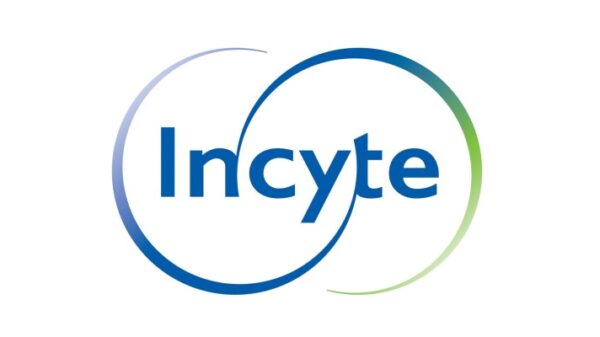The Federal Aviation Administration (FAA) has concluded its investigation into the recent failures of SpaceX’s Starship program, allowing the company to proceed with Starship Flight Test 10, scheduled for this weekend. The FAA confirmed the investigation’s findings and noted that there were no reports of injury or damage resulting from the failures during Flight 9, which took place on May 27, 2025.
Flight 9 launched from SpaceX’s Starbase facility in South Texas and ultimately ended in the loss of both the Super Heavy booster and the Ship upper stage. The FAA’s investigation was conducted in collaboration with SpaceX, the U.S. Space Force, NASA, and the National Transportation Safety Board. Investigators identified separate structural issues in both stages of the vehicle as the causes of the failure, according to a recent statement from SpaceX.
Details of the Recent Test Flights
In addition to the investigation findings, SpaceX reported on an explosion that occurred on June 18 at a ground test site within Starbase. This incident resulted in the destruction of Ship 36, which was earmarked for the upcoming launch, along with significant damage to the surrounding infrastructure. Throughout 2025, SpaceX conducted three Starship launches, with each upper stage failing to meet its primary objectives. Notable incidents included the explosions of Flights 7 and 8, which were witnessed from locations as far away as Florida, the Bahamas, and the Turks and Caicos Islands.
Flight 9 marked a significant milestone as it featured the first reuse of a Super Heavy booster, designated Booster 14. Following a successful liftoff, the booster achieved a clean separation from the Ship upper stage. However, approximately six minutes into the flight, Booster 14 exploded just above the Gulf of Mexico. SpaceX determined that the explosion resulted from increased descent forces that ruptured an internal propellant line, igniting the liquid oxygen and methane fuels onboard.
To address these issues, SpaceX plans to adjust the angle of attack during future flights, aiming to reduce the stress experienced during booster descents. Additionally, the company intends to redesign the Super Heavy’s grid fins, transitioning from four to three larger aerodynamic control surfaces to enhance trajectory control during descent.
Challenges and Learnings from Flight 9
After separating from the booster, the upper stage known as Ship 35 initiated its first planned engine burn. However, during this maneuver, onboard sensors detected a developing methane leak in the nosecone. Although the spacecraft’s systems compensated for the pressure change, the leak destabilized the vehicle and hindered its planned in-space maneuvers. Ship 35 ultimately lost communication approximately 46 minutes into its flight while descending over the Indian Ocean, where a controlled splashdown was anticipated.
SpaceX attributed the issues with Ship 35 to a failure in a gas diffuser that pressurized the main fuel tank. Engineers successfully replicated the failure during testing at the McGregor site in Texas. Following this, updated versions of the gas diffuser have passed qualification tests simulating ten times their expected service life.
After the Flight 9 mishap, another Starship upper stage, Ship 36, was lost during ground testing. The explosion occurred during cryogenic fuel loading in preparation for a static fire test. SpaceX traced the incident back to damage in a composite overwrapped pressure vessel (COPV) used for nitrogen storage. The company subsequently lowered the operational pressure for COPVs and implemented protective measures during assembly, along with new inspection protocols.
SpaceX emphasized that each setback in its testing program serves as a valuable learning opportunity that informs future designs. As stated in their update, “Every lesson learned, through both flight and ground testing, continues to feed directly into designs for the next generation of Starship and Super Heavy.”
The upcoming Flight 10 and the subsequent Flight 11 are pivotal for the current iteration of the Starship design. Both missions aim to enhance vehicle capabilities as SpaceX works toward achieving fully reusable and reliable rockets. The timeline for these developments is critical, especially as NASA has selected Starship as the lunar lander for its Artemis 3 mission, which aims to return astronauts to the Moon by 2027.
With the FAA’s approval to proceed, SpaceX is set to launch Starship Flight 10 during a window that opens on August 24, 2025, at 19:30 EDT (23:30 GMT). The mission will be streamed live on SpaceX’s website and social media accounts, as well as through Space.com, providing an opportunity for global audiences to witness the next step in this ambitious space program.








































































